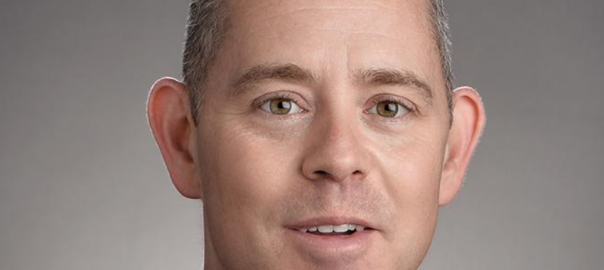
Saving the Affordable Care Act Vital to New York’s Health Care Future

This week, the fate of the Affordable Care Act will be argued before the Supreme Court. Although the Court is not expected to rule until some time next year, needless to say, striking down the ACA would have disastrous consequences for tens of millions of Americans.
New York has done more over the last decade than almost any other state to expand health care coverage, bolster services for its most vulnerable residents and improve the quality of care. Prior to the pandemic, more than 95 percent of New Yorkers had coverage, thanks largely to the landmark health care reform law. The Affordable Care Act has served as an important safety net for the thousands of residents who have lost their jobs in the midst of the national health emergency; more than 563,000 people enrolled in the state’s Medicaid program between February and September.
However, those gains now hang in the balance. Much of the progress New York has made will be wiped away if the Supreme Court overturns the law. While state leaders have had the foresight to codify many of the ACA’s consumer protections into state law – including protecting people with preexisting conditions, guaranteeing availability of coverage and enabling young adults to stay on their parents’ insurance until age 26 – New York would not be immune if the Court invalidates the ACA. That would threaten the entire health care system and affect the quality and affordability of health care for all New Yorkers.
For example, New York could lose billions in federal funding that supports the state’s Essential Plan, which would affect the coverage of more than 800,000 people enrolled in it. New York would be hard pressed to replace that funding and maintain the coverage gains on its own. With the state facing a $63 billion deficit over the next four years, the loss of billions of dollars in federal money would be virtually impossible to replace.
As the Supreme Court deliberates, the state should take this time to implement measures to protect the coverage gains New York has made over the past decade. However, instead of being distracted by calls to replace the current health care system with a government-run, single payer program, the focus should be on efforts to make health care more equitable and affordable and to expand coverage without taking away options for employers and consumers. Approaches should include:
- Building on the existing infrastructure: The public-private partnership responsible for insuring more than 95 percent of New Yorkers, which has been the foundation for ensuring patients have access to needed care during the pandemic, should be the template for achieving the goal of equitable and universal coverage. While more work on our current system is needed, we should focus on improving what’s working and fixing what’s not to provide a broad array of coverage options for employers and consumers.
- Tackling underlying health care costs: As prices for medical care and pharmaceutical costs rise, premiums reflect those increased costs. The state should take steps to review the growth in the prices being charged for care to ensure that employers and consumers are getting value for those increases, just as they do in reviewing changes in health insurance premiums.
- Eliminating health inequities. The pandemic has exposed longstanding gaps and inequities in the health care system. More should be done to build on the investments the public and private sectors have made in addressing social determinants of health to help eliminate racial, economic and social disparities and evolve to a fully equitable system.
We must work hard to protect the health and economic gains New York has achieved under the ACA. Making health care more affordable will enable the state to continue to set an example for the rest of the nation while getting New Yorkers to the other side of the current public health crisis.
Eric Linzer is President & CEO, New York Health Plan Association.
